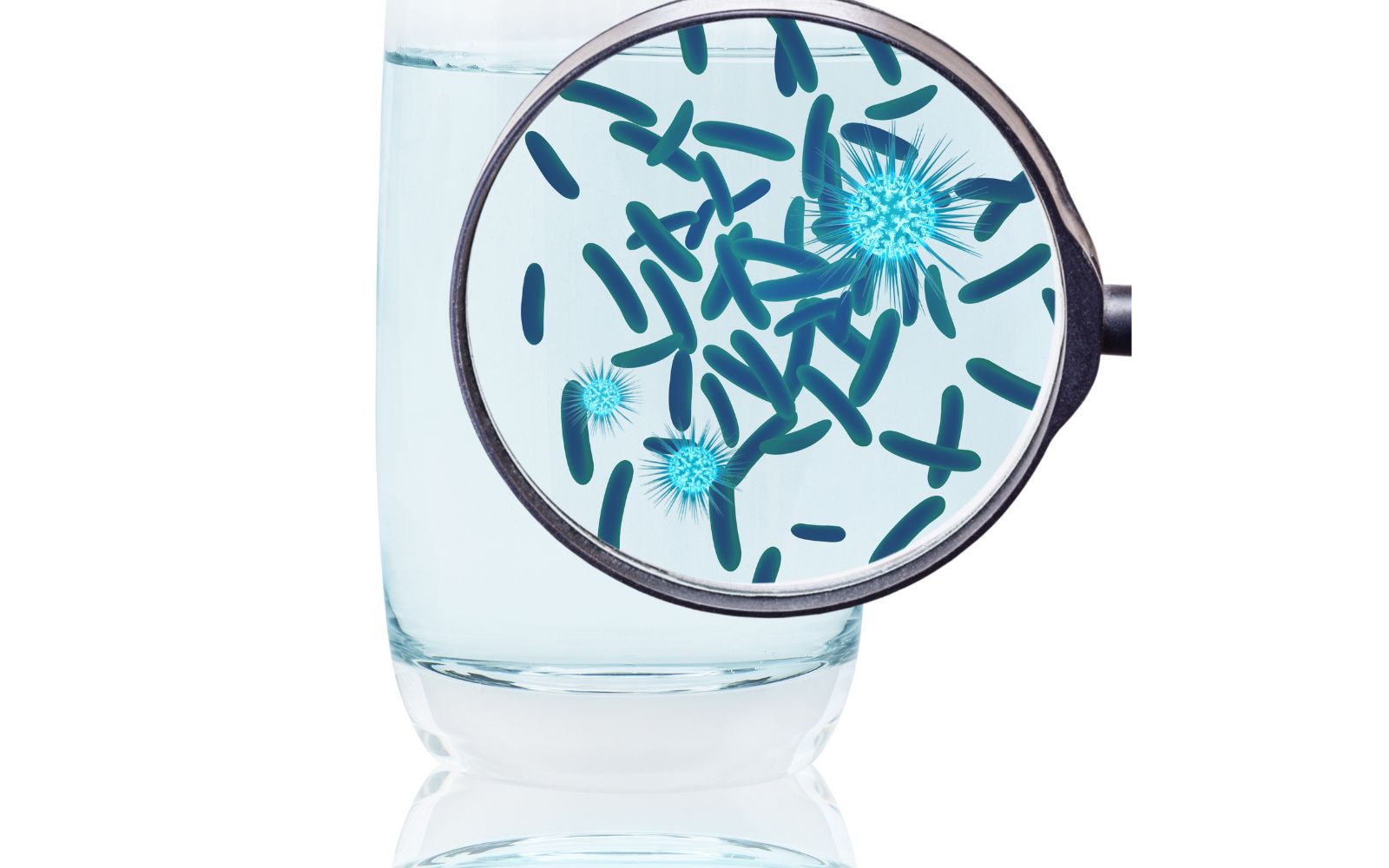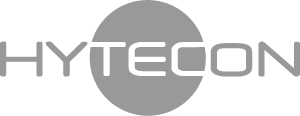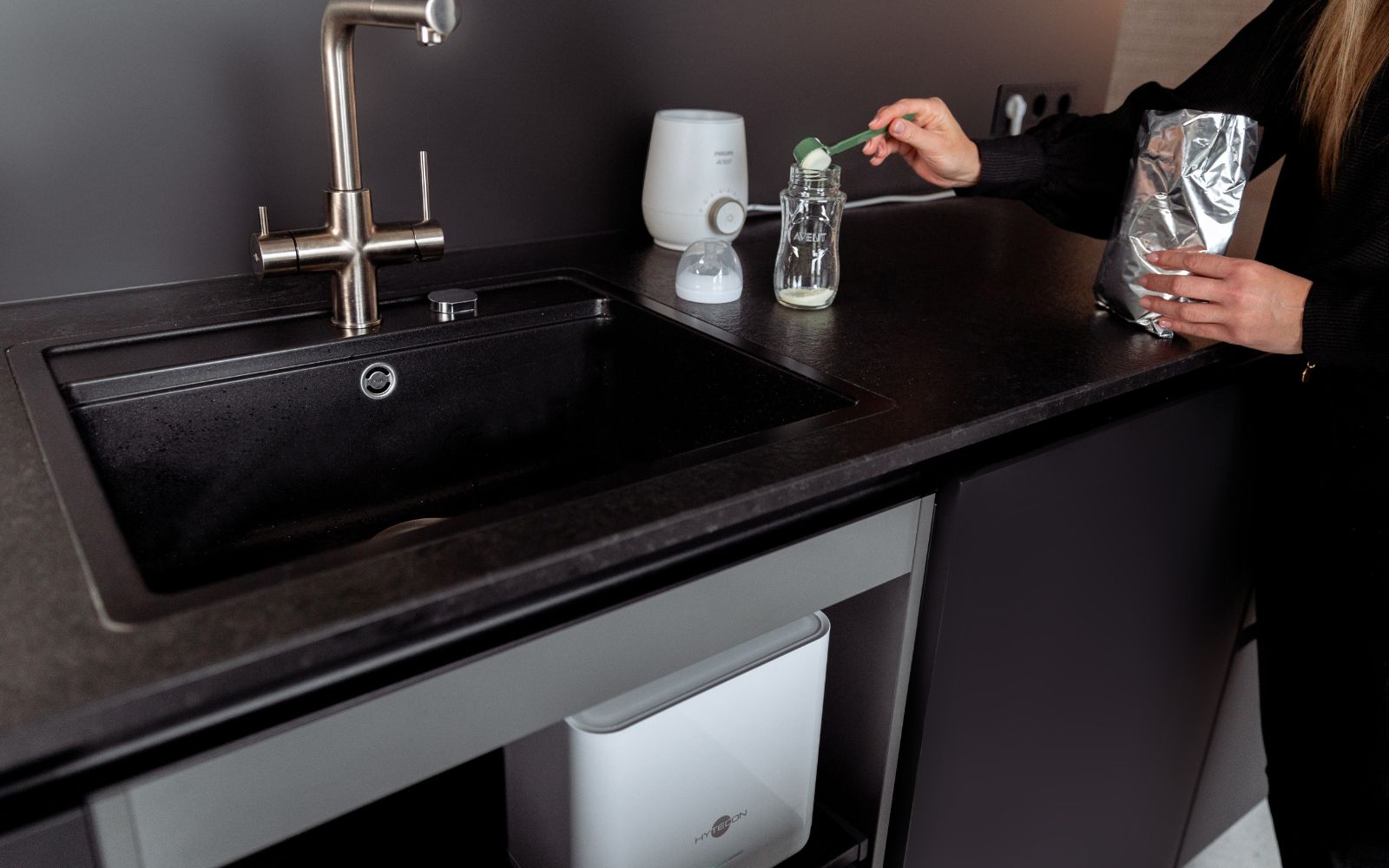Die Zunahme von Multiresistenzen bei Bakterien nimmt besorgniserregende Ausmaße an. Der Hauptgrund für diese Entwicklung, ist der allzu sorglose Einsatz von Antibiotika in der Medizin und in der Tierzucht. Weltweit schlucken Mensch und Tier jährlich mehr als 200.000 Tonnen Antibiotika. Es sind die am meisten verordneten Medikamente der Welt. Ein Ende dieses Trends ist nicht vorhersehbar, denn der Hunger auf billiges Fleisch ist ungebrochen und gerade in ärmeren Ländern ist die Vergabe von Antibiotika die oftmals einzige Möglichkeit ein Menschenleben zu retten.

Multiresistente Keime – Ein weiterer Feind!

Die Weltgesundheitsorganisation (WHO) warnt seit Jahren vor einem postantibiotischen Zeitalter, in dem resistente Keime dazu führen, dass einfachste Infektionen beim Menschen nicht mehr behandelt werden können.
Wie entwickeln sich überhaupt Antibiotikaresistenzen?
Bakterien vermehren sich extrem schnell und in großer Zahl. Werden sie durch den Einsatz von Antibiotika nicht vollständig abgetötet, z.B., weil das Medikament zu früh abgesetzt wurde, kann sich die Struktur der Bakterien so verändern, dass
- sich Antibiotika nicht mehr an sie binden können.
- Proteine ausgebildet werden, welche Antibiotika neutralisieren.
- Proteine gebildet werden, welche das vom Antibiotika inaktivierte Protein ersetzen.
- sich die Zellmembran so verändert, dass Antibiotika nicht mehr eindringen können.
- Proteine im Übermaß gebildet werden, gegen die das Antibiotika eigentlich wirken soll.
Die erlernte Widerstandsfähigkeit wird an die Nachkommen der Bakterien vererbt. Nun gibt es natürlich verschiedene Antibiotika die je nach Resistenz zur Heilung eingesetzt werden. Allerdings stagniert die Forschung nach neuen Medikamenten seit vielen Jahren, so dass es mittlerweile Bakterien gibt, welche gegen alle erhältlichen Antibiotika immun sind – eine Infektion also nicht mehr behandelbar ist.
Wie kommen multiresistente Keime in unseren Alltag?
Multiresistente Keime werden zum Teil in großen Mengen in die Umwelt eingetragen. Die Hauptquellen sind Gülle und Mistausbringung aus der Intensivtierhaltung und klinische sowie häusliche Abwässer, welche zwar vor der Einleitung in die Flüsse in Abwasserkläranlagen gereinigt, aber meistens nicht desinfiziert werden. So ist es in den letzten 10 Jahren zu einem deutlichen Anstieg antibiotikaresistenter Keime in der Umwelt gekommen und die Antibiotikakonzentrationen im Abwasser und in der Gülle sind so hoch, dass sie ihre biologische Wirkung entfalten können.
Nun werden 13% des Trinkwassers in Deutschland aus Oberflächengewässern wie z.B. Flüssen (Uferfiltrat), Talsperren oder Seen gewonnen. Gelangen diese Keime dorthin, können sie durch die zentrale Versorgung schnell viele Menschen erreichen.
Wie kann ich mich vor multiresistenten Keime schützen?
Trinkwasser jederzeit auf alle Viren, Bakterien und Mikroorganismen zu prüfen, ist in Deutschland aktuell quasi unmöglich und auch rechtlich nicht vorgeschrieben. Prinzipiell müssten alle Trinkwasserwerke z.B. mit UV Desinfektionsanlagen, also zusätzlichen Desinfektionsstufen ausgerüstet werden. UV –Desinfektion ist ein äußerst wirksames und gleichzeitig umweltfreundliches, da chemiefreies Verfahren zur sicheren Entkeimung von Wasser. Aber es gibt eine neue, weitere Alternative, sich zumindest an einer zentralen Stelle im eigenen Haus oder der Wohnung selbst ein kleines, kompaktes Wasserwerk zu installieren. Das Schweizer Unternehmen HYTECON bietet mit dem HYPRO WATER ein patentiertes und umfassend zertifiziertes Produkt an, welches dem Nutzer zusätzlichen Schutz für einen sorglosen Genuss von Trinkwasser bietet. Meistens in der Küche an einem besonderen Wasserhahn installiert, ist der HYPRO WATER eine Kombination aus Aktivkohlefiltration und nachgeschalteter UVC-LED Desinfektion. In einem kompakten Gehäuse und mit einer komfortablen Leistung von 3 Litern/min, entnimmt der HYPRO WATER sicher versteckte Schadstoffe wie Schwermetalle oder Pestizide aber auch Medikamentenrückstände aus Überdosierung. Dazu gehören natürlich ebenfalls Antibiotika. Die UVC-LED Desinfektion inaktiviert sicher gefährliche Keime wie Bakterien und Viren. Ob Bakterien Multiresistenzen aufweisen oder nicht, ist dabei nicht wichtig, sie werden in jedem Fall sicher inaktiviert.
Zusammenfassung
- Die Zunahme von Antibiotikaresistenzen bei Bakterien nimmt bedrohliche Ausmaße an.
- Die WHO warnt seit langem vor einem postantibiotischen Zeitalter, in dem resistente Keime dazu führen, dass einfachste Infektionen nicht mehr behandelt werden können.
- Antibiotikaresistenzen entstehen durch die übermäßige Gabe des Medikamentes in der Intensivtierhaltung und bei der Behandlung des Menschen.
- Die Hauptquellen für den Eintrag in die Natur sind Gülle, Mist sowie Krankenhausabwässer.
- Öffentliches Trinkwasser wird unter anderem aus Oberflächenwasser wie Flüssen, Seen und Talsperren gewonnen, in welche zuvor belastete Abwässer eingeleitet werden.
- Multiresistente Keime können durch den Umweg Oberflächenwasser in unser Trinkwasserversorgungssystem gelangen.
- Trinkwasser permanent auf alle Viren, Bakterien und Mikroorganismen zu prüfen ist nicht möglich und in Deutschland rechtlich nicht vorgeschrieben.
- Der HYPRO WATER ist ein kompaktes Trinkwasseraufbereitungsgerät, dass mittels Aktivkohlefiltration und UVC LED Desinfektion Wasser sicher aufbereitet und den Anwender vor multiresistenten Keimen schützt.


